How Long To Wait Before Washing Hair After Coloring
Ever wonder when to wash hair after coloring? In this post, we will reveal the secret about this and make hair color last as long as possible so you can reap the maximum benefits from it for your investment.

How Long To Wait To Wash Hair After Coloring
The ideal time to wait before washing your colored hair after coloring is recommended to wait 48 to 72 hours before washing your hair.
If you have a full hair color, wait a full 72 hours before shampooing is recommended.
If you used a semi-permanent or temporary dye, then you should be fine washing your hair after 2 days.
Immediate post-color shampooing can affect color vibrancy, according to experts like VanDyke. Advising a 48-hour post-color wash, this time allows cuticles to seal and enhance color pigment retention. Additionally, the three-day rule also minimizes irritation and maintains natural oils, promoting healthier, more vibrant hair.
Should You Wash Your Color The Day After Dyeing
There is no recommendation to shampoo your hair on the second day after hair coloring as it may lead to color fading.
You can technically wash your hair 24 hours after coloring, but it's advisable to wait at least 48 hours. This allows the color to settle into the hair strands, preventing quick washout and dullness. Using a gentle, sulfate-free shampoo and avoiding vigorous scrubbing is crucial to maintaining color integrity. The chemical deposits from the coloring process need time to set, making 2 days after coloring the recommended timeframe for washing.
Important Tips To Maintain Your Hair Color Vibrant After Coloring
There are some guidelines you should do to make hair color last longer after coloring your hair, you can look at them by scrolling down.
01rinse colored hair With cold water
After dyeing your hair, rinse with cold water to remove excess pigments and seal the cuticle, preserving the fresh color. Cold water traps the color while preventing leaching and dullness. Hot water opens the cuticle, leading to color fading. Protect colored hair and overall health by using cold water to wash, minimizing fading and retaining moisture. If you prefer hot showers, wear a cap to shield hair from the heat.
02keep your colored hair from heat damage
Minimize the use of styling tools like curling irons, flat irons, or blow-dryers as they contribute to color fading and hair damage. So when styling is necessary, always apply a heat protectant spray. This protective barrier prevents color fading, dryness, frizz, and split ends. A professional stylist recommends applying the heat protectant on wet hair after shampooing.
03 Select A Color-Safe Shampoo And Conditioner
Invest in high-quality hair care for vibrant color and overall hair health. Choose a shampoo and conditioner system specifically formulated for color-treated hair, offering gentle cleansing and strengthening.
04 Consider a leave-in conditioner for added moisture.
For vibrant "fashion colors" like pink or purple, wash weekly to preserve color due to porous cuticles from bleaching. Between washes, use dry shampoo to distribute natural scalp oils evenly, maintaining moisture and color.
05Use Gentle Products
Avoid clarifying shampoos as they deeply cleanse but can strip hair color. Because sulfates are harmful to fresh color, stripping away molecules and leaving hair dull. Instead, choose sulfate-free or color-safe shampoos to cleanse without compromising the color.
06Protecting your hair from the sun
Prioritize shielding your hair from the sun is crucial as prolonged exposure can strip away its color. Opt for stylish hats, use umbrellas, seek shady spots, and employ hair care products designed to protect against sun damage. advocating for SPF-infused products and UV-protective hats to decrease damage for enduring color vibrancy.
Why Do Hairstylist Wash Your Hair After Color-treated

Remove Residue: Washing helps eliminate any leftover dye, chemicals, or product residues from the coloring process, ensuring a clean finish.
Neutralize Chemicals: Shampooing helps neutralize and remove any residual chemicals present in the hair after coloring, promoting scalp and hair health.
Seal Cuticles: Conditioners used after washing help seal the hair cuticles, enhancing color vibrancy and longevity while adding shine.
Client Comfort: A post-color wash ensures clients leave the salon with fresh, styled, and clean hair, contributing to a positive overall experience. This post-color wash also serves as an opportunity for stylists to introduce and upsell new products, enhancing your colored hair's vibrancy and health.
Prep for subsequent treatments. Salons wash hair after coloring to prep for subsequent treatments, ensuring optimal results for straightening or curling procedures.
Should You Wash Your Hair Before Coloring It
"Yes, but there's really no need." Avoid washing your hair before coloring to benefit from natural oils on the scalp, which act as a protective barrier during the coloring process. These oils contribute to even color absorption and minimize potential irritation from hair dye chemicals. Clean hair is more porous, potentially affecting color adherence and leading to less vibrant results. Dirty and messy hair preserves the scalp's natural oils and enhances the overall effectiveness and longevity of the coloring process, ensuring optimal outcomes for your desired hair color.
How Often Should You Wash Your Color-Treated Hair
Water acts as a color enemy and becomes more impactful on chemically treated hair. To preserve dyed hair color, Reduce shampoo usage to enhance color longevity, with a recommended maximum of two to three times a week for optimal results, as Over-washing/shampooing can strip away color and compromise hair integrity. To maintain vibrancy as much as possible, opt for washing once or twice a week for enhanced self-care.
1 Color vs 1b Color vs 2 Color, What Is The Difference?








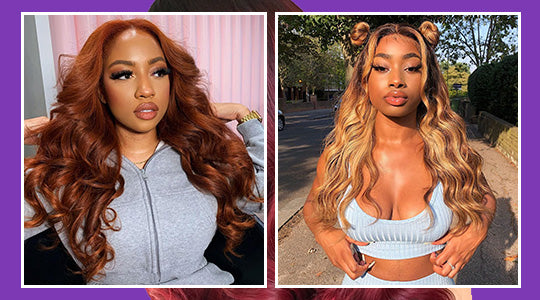

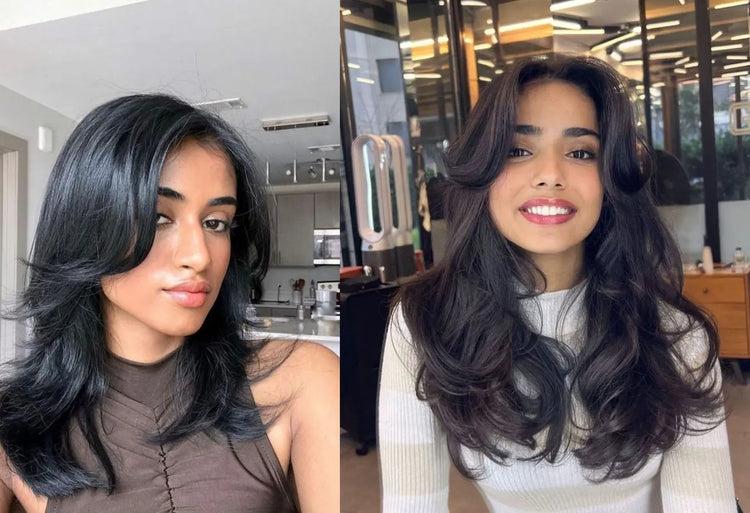
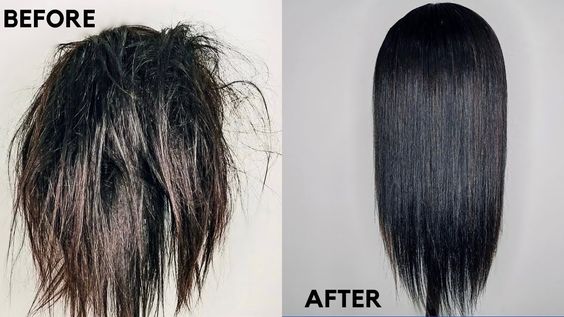

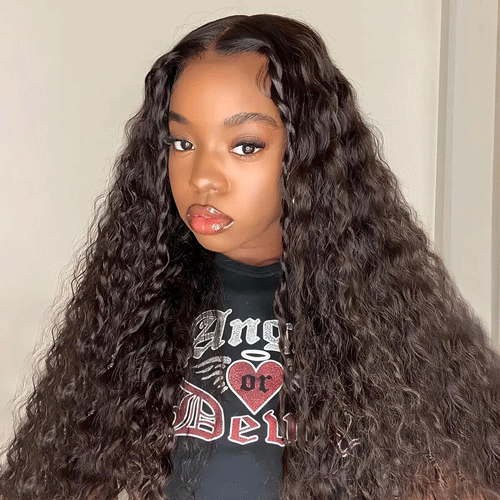

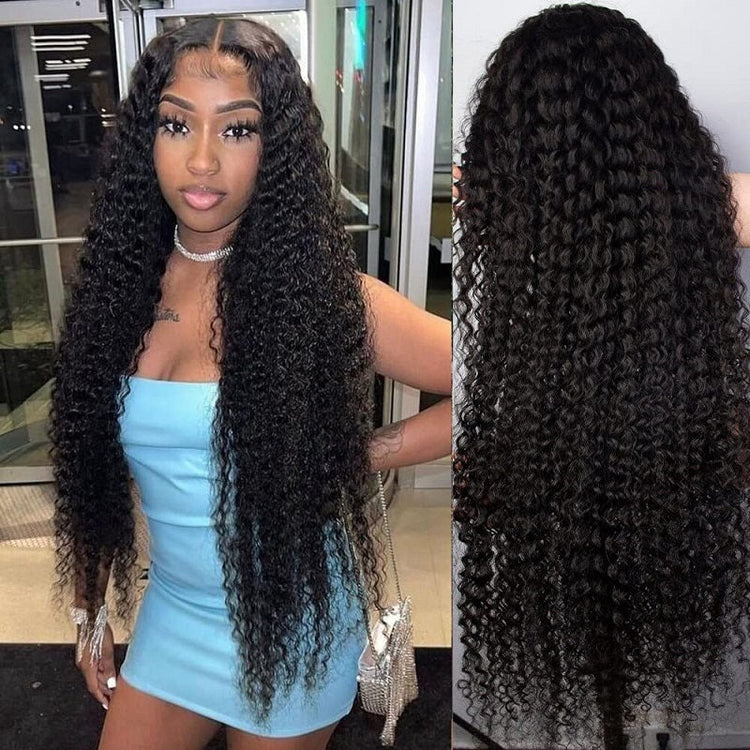
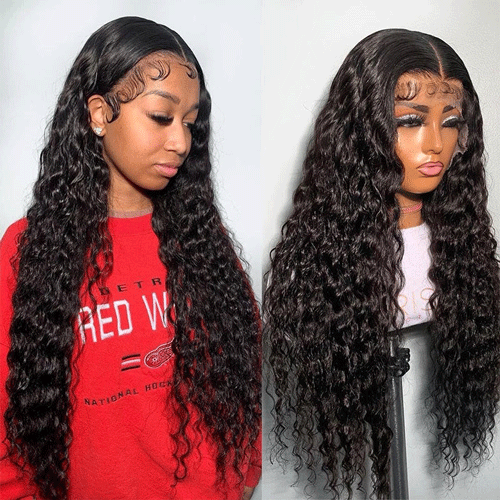
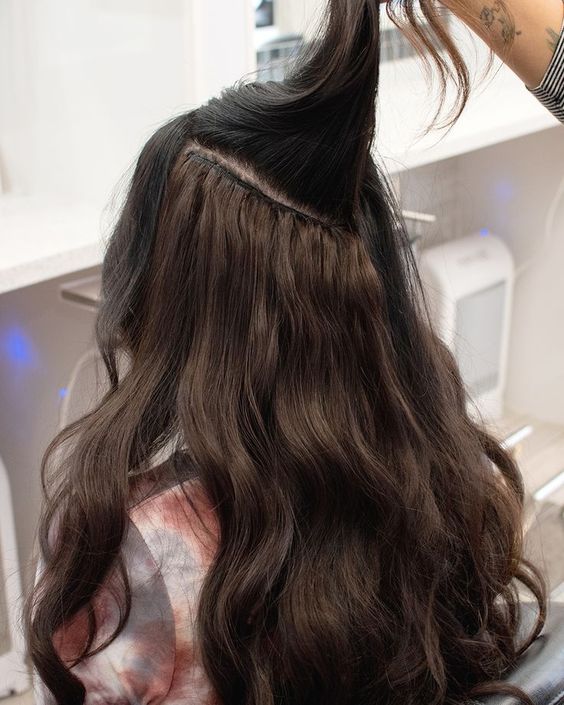
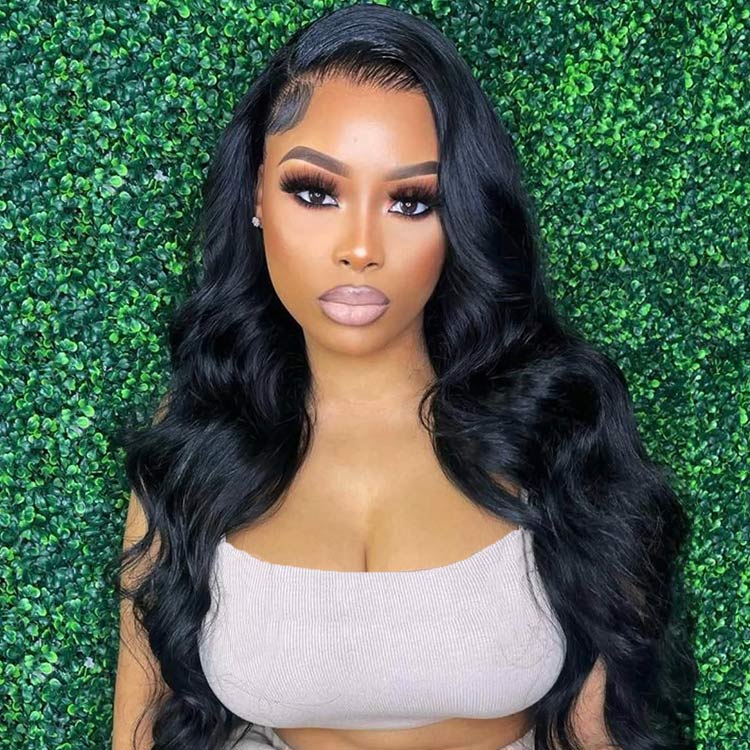
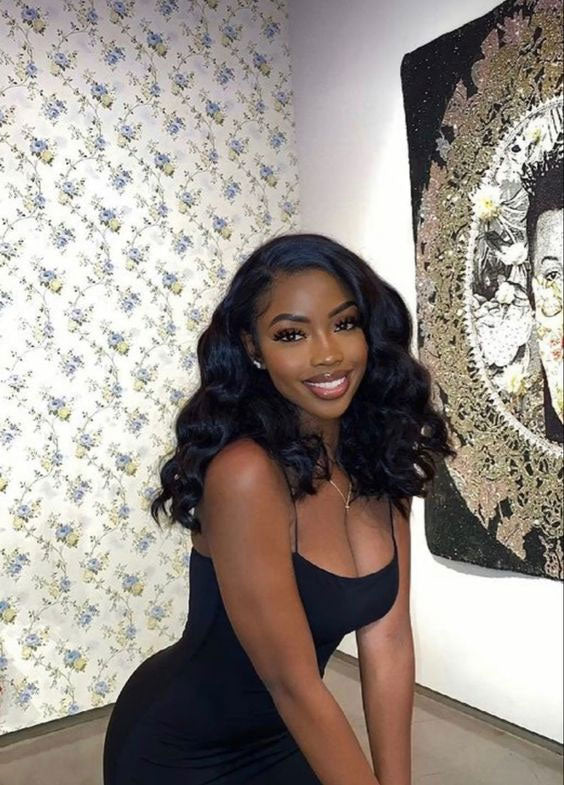
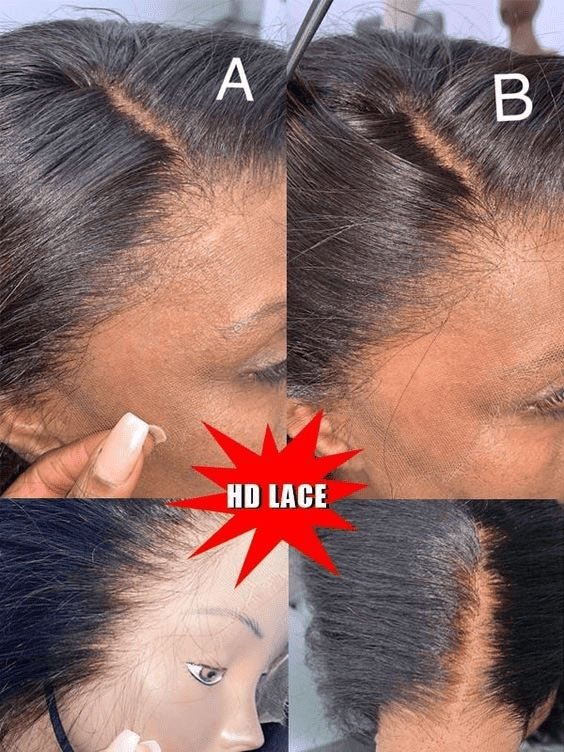
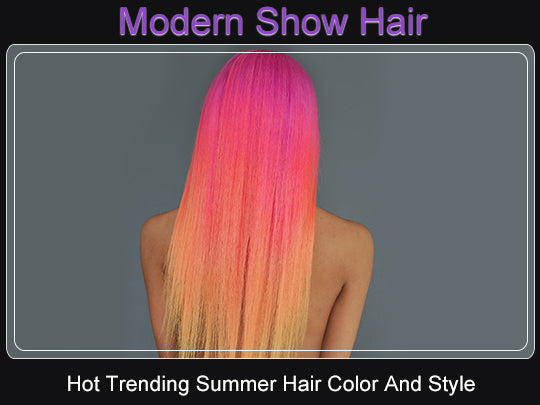
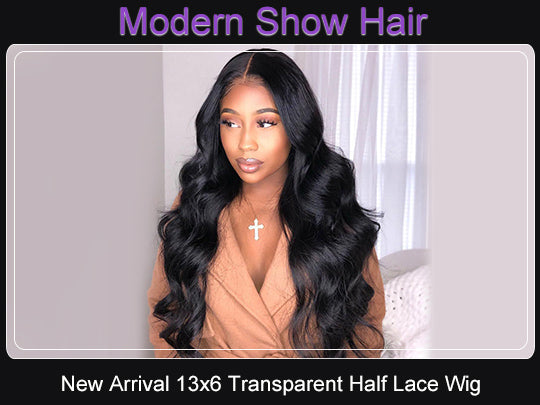
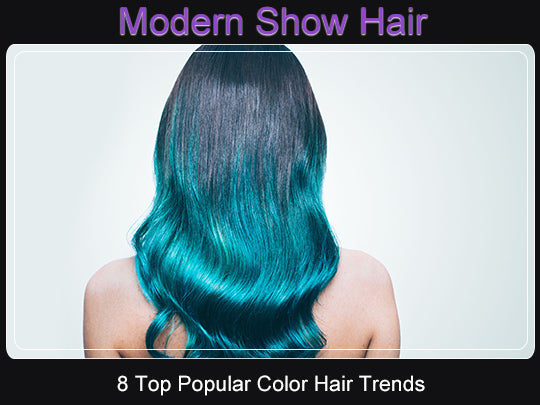
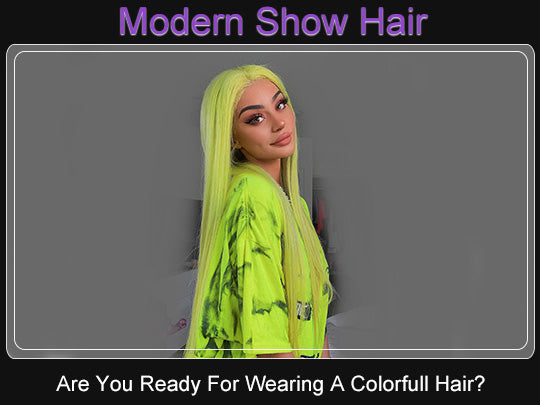
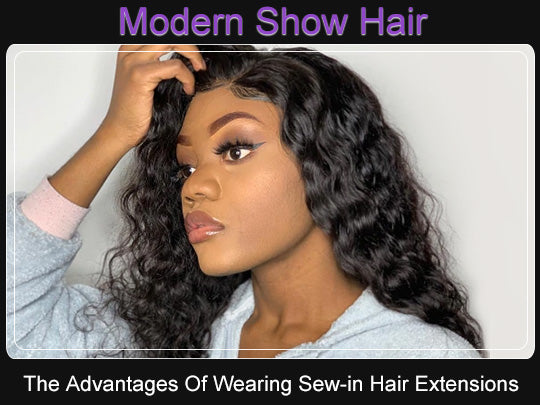

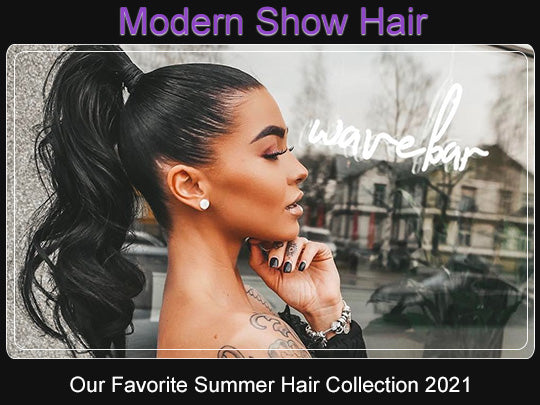





Leave a comment